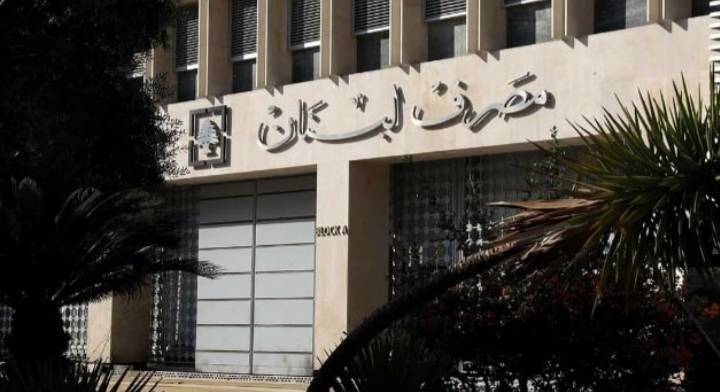Since the beginning of this year, the dollar exchange rate has witnessed significant fluctuations, the likes of which have never been seen before, and the reason remains unknown. While economists always anticipate a continuous rise in the value of the dollar, in the past periods, the Central Bank of Lebanon intervened when the exchange rate increased, issuing circulars to curb this rise, albeit temporarily. However, in recent days, there has been no intervention from the Central Bank, and the dollar continues to rise dramatically, reaching record figures exceeding 64,000 LBP. There is a growing fear that this might become the baseline, leading to even higher records.
What lies behind these sharp fluctuations in the exchange rate? Have the Central Bank's measures become ineffective in controlling the rise of the dollar, or does it no longer have the capability to do so, leaving the dollar and the Lebanese people to face an uncertain fate? In this context, economist Dr. Patrick Mardini stated in an interview that the rise in the dollar's exchange rate is linked to the injection of Lebanese pounds into the market. He pointed out that the problem isn't with the dollar's increase, but with the collapse of the lira due to the increasing quantity of lira in circulation, which leads to a decrease in its value.
Regarding the potential role of the Central Bank in curbing the rise of the dollar, Mardini opined that the bank's method of intervention in the markets is flawed. He noted that it uses a temporary approach aimed at providing a short-term solution for the exchange rate rather than adopting sustainable intervention methods. He emphasized that the Central Bank could stabilize the lira in a sustainable manner.
Mardini clarified that the Central Bank's temporary intervention is made by injecting dollars into the market through the Sayrafa platform, which limits the rise of the dollar for a defined period. However, once this dollar injection ceases, the dollar begins to rise again, as evidenced by recent trends. Since the Central Bank has a limited quantity of dollars, it cannot maintain continuous interventions through the platform. He characterized this method of intervention as flawed and unsustainable, resulting in temporary stability in the exchange rate, followed by jumps, which ultimately leads to a depletion of the Central Bank's remaining reserves or the dollars of depositors, exacerbating the gap within the Central Bank of Lebanon.
According to Mardini, the Central Bank possesses sustainable methods for intervention but unfortunately does not utilize them. One of the most crucial methods is halting the printing of Lebanese pounds. He stressed that the Central Bank must not inject more lira into circulation because, at the moment it stops printing, citizens will no longer be able to demand dollars. Thus, every time the Central Bank prints more lira, it inadvertently increases the demand for dollars, further accelerating the lira's collapse. He asserts that if the Central Bank halts the printing of lira, the exchange rate will stabilize, and the decline of the lira will cease.
Mardini indicated that the Central Bank should not finance anything, as central banks typically do not fund the state or government. He noted that only in Venezuela, Zimbabwe, and Lebanon do central banks print currency to finance the government, while in all normal countries, the state finances its expenditures through taxes, fees, and its revenues. If it lacks sufficient taxes and fees, it either reduces its expenditures, seeks ways to increase its revenues, or resorts to borrowing not from the central bank but from the markets, or issues treasury bonds for subscription by banks, the public, or international investors.




